A couple of months ago I was helping a friend of mine run locally targeted AdWords campaigns for his events venue. He runs a venue that, among other things, hosts wedding receptions. As anyone who has had the pleasure and pain of organising a reception will know, drop the word “wedding” and you’re going to pay doubles the price of the regular service.
The same applies for AdWords; if you’re trying to target “wedding reception venues” with an AdWords campaign, you’ll know what I’m talking about.
For a little background on how and why you pay more for some keywords than others: AdWords is essentially an auction; when someone types a keyword in the search field, a mini auction takes place that positions advertisers’ ads. There are a number of factors that contribute to where an ad is positioned in the results which including:
- Cost per click – what you’re willing to pay when someone clicks on your ad
- Ad copy relevance – how relevant is your ad copy to the term being searched
- Website relevance – how relevant is the content on your website to the term being searched
- Click Through Rate – how popular are your ads – what percentage of people click on them
The last three factors are part of a range of factors Google calls “Quality Score”.
So, why are venues (in this case) willing to pay upwards of $3 per click to have their ads shown? Because converting someone who clicks on their ad into a customers means 1000’s of dollars in revenue.
As a small business with a limited budget, offering services to people in your local area, how are you going to compete while maximising your marketing dollar? You narrow down the area you’re targeting.
Enter AdWords Location Targeting
At the AdWords campaign setting level, Google gives you the option to bring up a map and use the Radius tool to select a geographic area in which your ads will be displayed. For example, I can target people searching for “wedding venues” within a radius of 50km of my business. Pretty cool huh – and kinda scary . Geo targeting isn’t an exact science and using this method may mean you miss out on some searches simple because Google can’t always tell where people are searching from (believe it or not).
Back to my venue owning friend…
He was in the same position as you and I, dear reader; limited budget, unsure as to the performance of AdWords – would it generate leads, would it be a waste of time and money… So we setup a few campaigns targeted only at people within a radius of 50 km of the venue using AdWord’s radius targeting option in the campaign setting, and kept a close eye on the performance of the campaign.
Initially it looked something like this:
This was a good start – he began attracting people interested in the venue, but they were not always highly qualified. And this meant he was wasting money on people who were never going to buy from him.
If you’re familiar with Melbourne, looking at the image above, you’ll understand why. The area targeted was attracting people from the other side of the city. People generally (there area exceptions of course) like to get married close to where their family and friends live. So to ensure my friend was getting the biggest bang for his buck, we decided to narrow the field down even further.
Bringing the local adwords targeting radius down even further did the trick. He was able to spend less, attract more qualified leads and expand his campaigns to include other event types.
If you’re a professional services business or bricks and mortar retailer, I urge you to at least test using local AdWords targeting and get your message in front of customers looking for your product or service in your area.



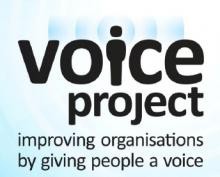
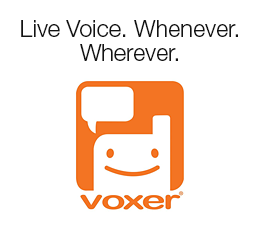

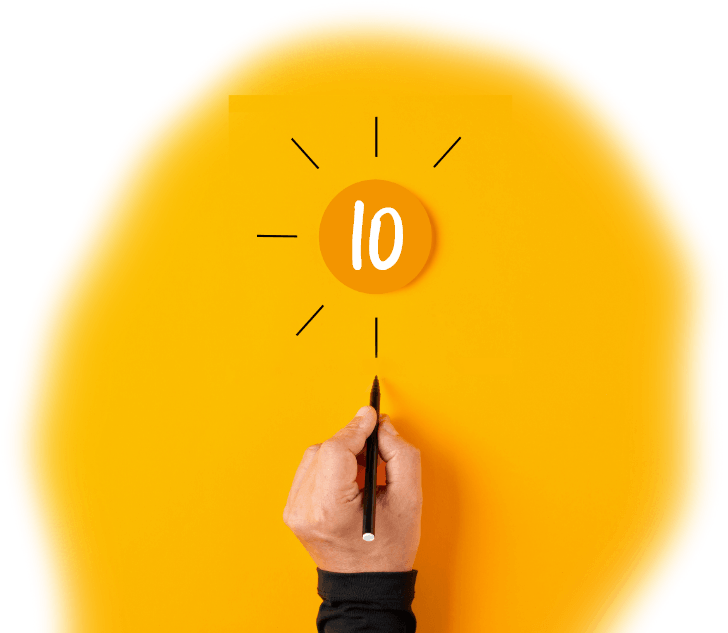
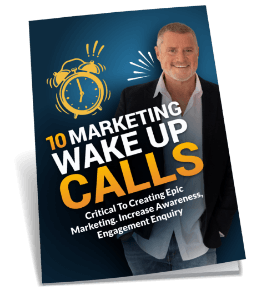
 Grab My 10 Marketing
Grab My 10 Marketing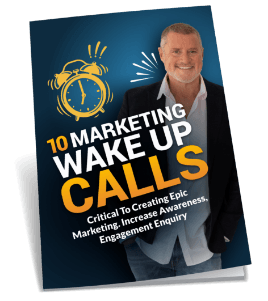
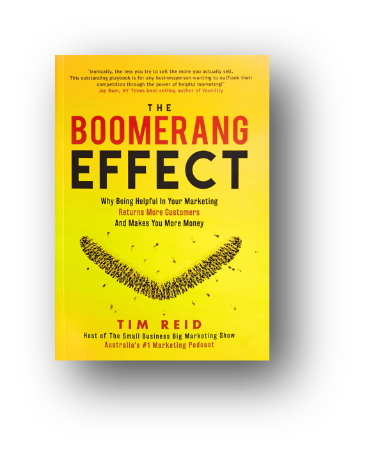
8 thoughts on “How to setup laser targeted local AdWords campaigns”
what about the other aspects of the campaign? keywords? copywriting?
what about the other aspects of the campaign? keywords? copywriting?
AdWords allows businesses to create ads and choose key words or phrases. When people search on Google using one of those key words, the advert will appear next to the search results.
AdWords allows businesses to create ads and choose key words or phrases. When people search on Google using one of those key words, the advert will appear next to the search results.
Google AdWords is Google’s main advertising product and main source of revenue. Google’s total advertising revenues were USD$28 billion in 2010.[2] AdWords offers pay-per-click (PPC) advertising, cost-per-thousand (CPM) advertising, and site-targeted advertising for text, banner, and rich-media ads.
Google AdWords is Google’s main advertising product and main source of revenue. Google’s total advertising revenues were USD$28 billion in 2010.[2] AdWords offers pay-per-click (PPC) advertising, cost-per-thousand (CPM) advertising, and site-targeted advertising for text, banner, and rich-media ads.
What would you like to know, Kathy. Maybe we can make it another blog post or two.
What would you like to know, Kathy. Maybe we can make it another blog post or two.